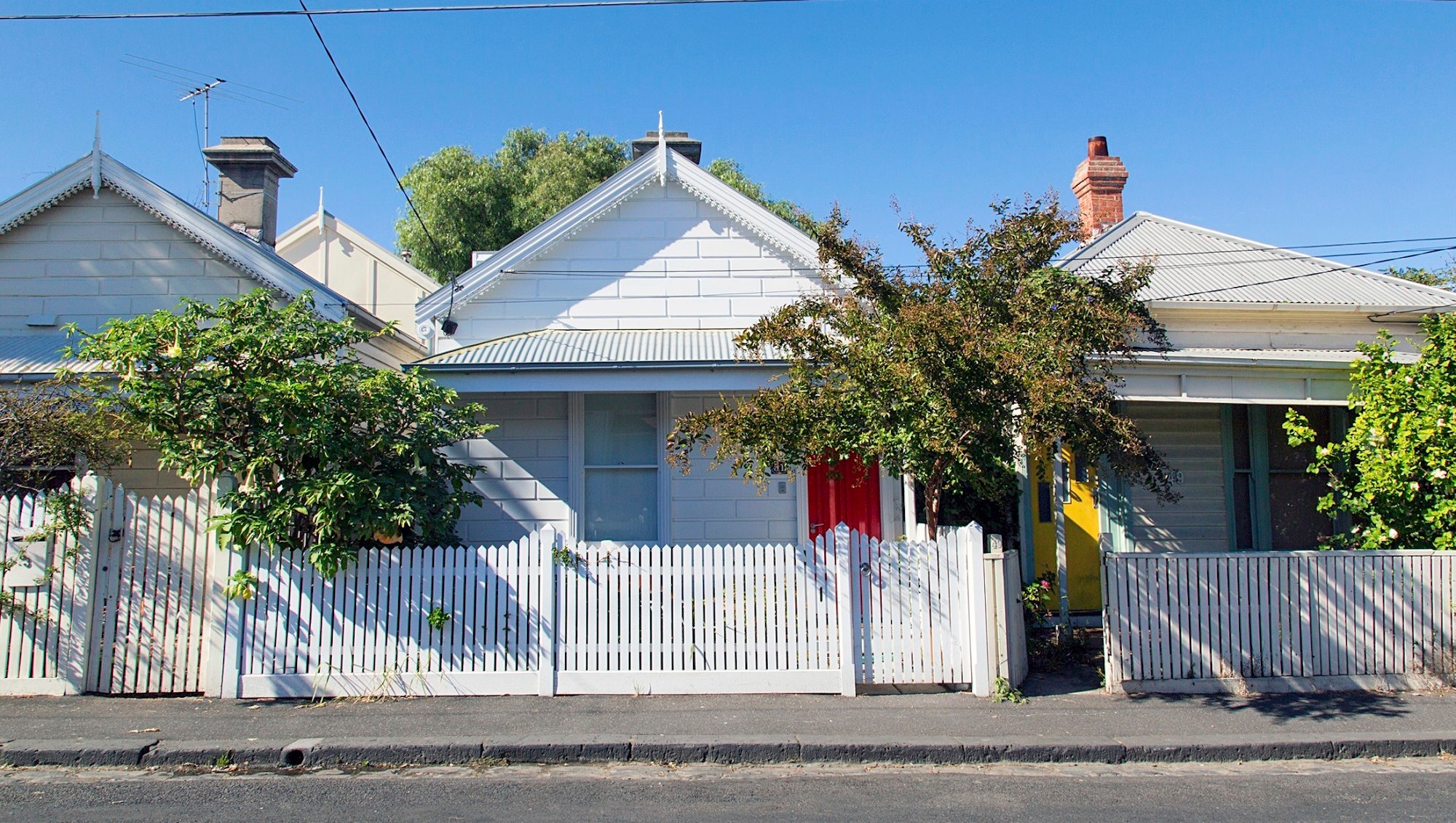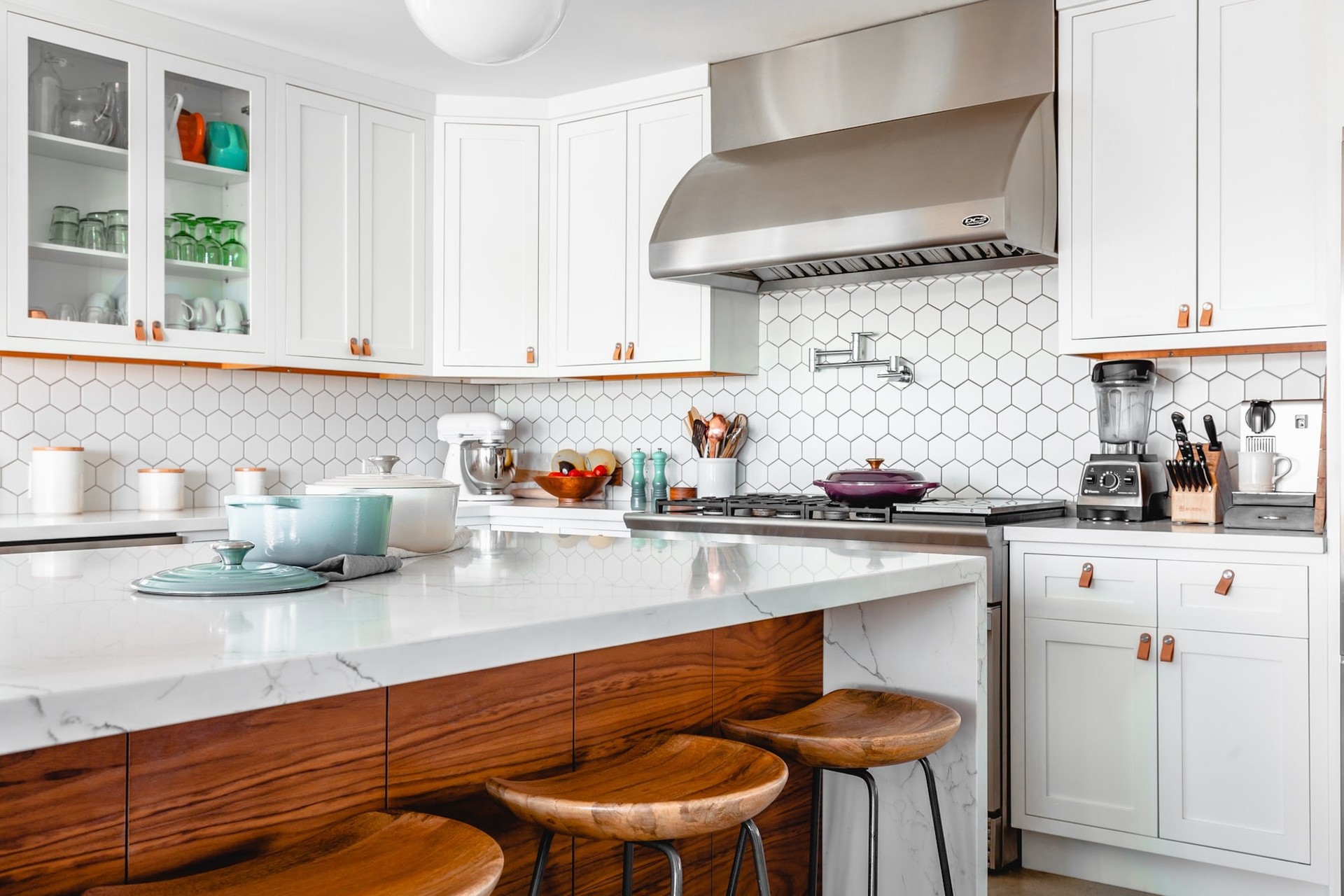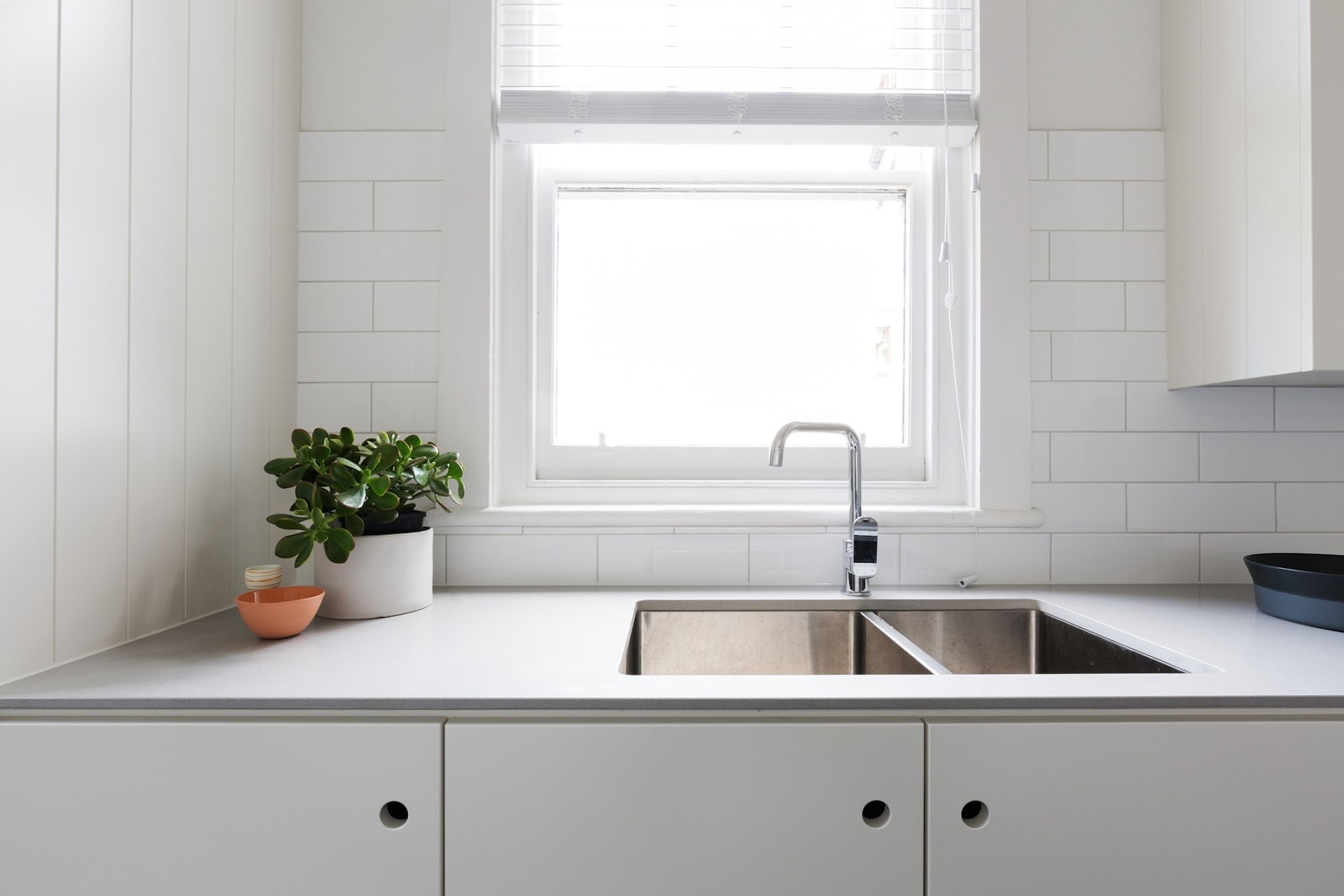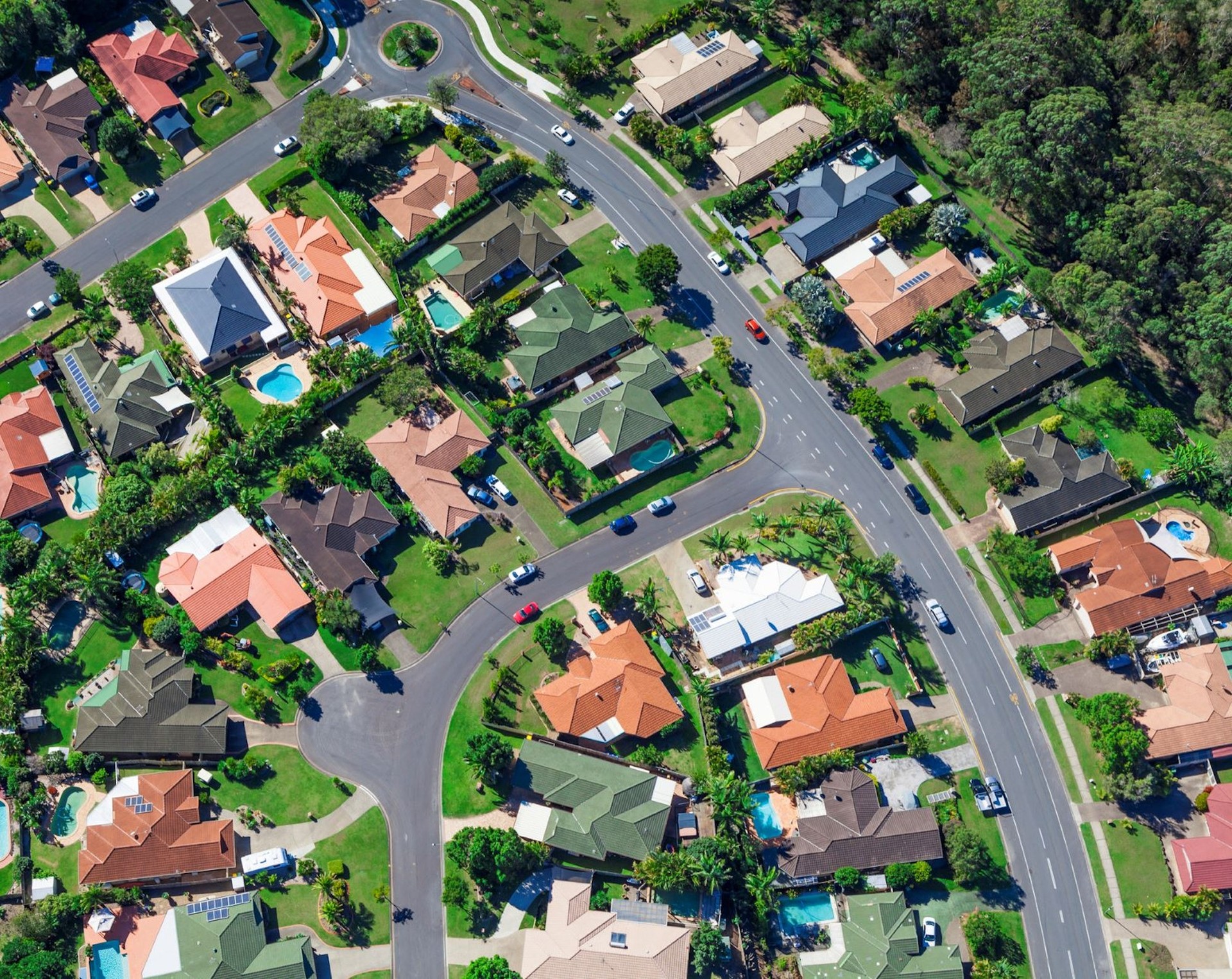The Ultimate Guide to the First Home Super Saver Scheme
What is it?
The FHSSS or first home super saver scheme was designed to help you turbocharge your house deposit.
In this article, we’ll help you figure out how to use it, and why it can be better than just a straight savings account (which, let’s face it, pays like 0.15% interest!), and at the end, YouBroker can also help you get a sweet home loan to match the deposit you’ve saved up so hard for.
The Background
FHSSS was created to aid first home buyers and it allows Australians to save money for their first homes inside of their super account. We know that super is usually for retirement savings, but with house prices being very expensive, the scheme was introduced to help.
The scheme can help you save faster with the concessional tax treatment of superannuation. This is just a fancy way of saying “instead of paying between 32%-47% normal marginal tax rates and then saving, we will allow you to save into your Super account, which only gets taxed at 15% when you put money in."
How does the Tax benefit work?
Normally, things work like this:
- Get paid > Super comes out @15% > Then you are taxed at 32%-47% > Then, you Bank the net income.
But with the FHSSS, things work like this:
- Get paid > Super comes out & any FHSSS contribution (wahoo!) @15% contributions tax > Then you are taxed at 32%-47% > Then, you Bank the net income.
So, with the FHSSS, you are skipping a tax rung and saving earlier, which in the end helps you save more, and faster. It also helps you pay less tax overall and therefore gets you into a first home faster. It’s a no brainer tax benefit if you are trying to buy your first home.
Now, these things happen automatically for you, so after you have completed the paperwork, this will all happen via the Superfund.
How do I save into the First Home Super Saver?
If you are familiar with salary sacrificing into super, the FHSSS works very much like that. Here’s an outline of each step.
- You ask your superfund fund to take additional (“voluntary”) super savings out of your pay packet each pay cycle. The keyword there is voluntary. You have to have been paying in more than the minimum into Super to take advantage of the FHSSS.
- This is done via FHSSS or Salary Sacrifice form, on your Superfunds website. You then send that to your employer's payroll department to process.
- After that form is processed and accepted, these funds then get sent into your Superfund member account.
- These are then sitting in your super account, and earning rates of return (many earn at 9% which is higher than savings account at 0.15% or worse!)
- Let these deposits accumulate in Super, and of course continue to use your regular savings account too, at the bank.
- Then, when you are getting close to a full deposit, see YouBroker for a home loan so that we can assist in calculating things for you, for a Pre-Approval and getting you ready to buy.
- You can apply to release the FHSS voluntary contributions, along with any associated earnings (growth in the money, basically) which will be part of that payout to you.
- It then hits your Bank account.
- You can then use that deposit in your house deposit, along with a home loan from YouBroker.
You can access $30k from your super
First home buyers, using the FHSSS, who have made voluntary super contributions of up to $15,000 from any one financial year, can release up to a total of $30,000 contributions across all years, from their super account for the deposit of their first home.
The Maximum amount is bumping up to $50k in 2022
From 1 July 2022, this will change, with an increase from $30,000 to $50,000. Eligible contributions that can count towards your FHSS maximum releasable amount for each financial year will remain at $15,000.
You must sign a contract to purchase a property within 12 months from the date you requested a release.
Am I eligible?
Eligibility is based on a few key things.
There are several key eligibility criteria that you must meet to be eligible for the first home super saver scheme.
The main points are:
- Must be aged 18 years or older
- Have never owned a property before in Australia (a true First Home Buyer, you dig?)
- It must be an “own home”, not an investment property or a commercial property
- You intend to live in the home for at least 6 months of the first year you own it (making it an “own home”)
- You are buying as soon as possible and practical after the ATO confirms the release of (your FHSS) money to you.
- Have not requested a release of FHSS funds for a home purchase previously (Basically, they only want you to get on with it, once and done!)
So, you are required to be 18 years old or older to request a release of amounts under the FHSSS scheme or an FHSS determination. However, you can make eligible contributions before you are 18 years of age, for all those ambitious McDonalds and Woolworths teenage employees out there!
Also, eligibility is checked on an individual basis, so regardless of your partner, sibling or friends having their own super contributions, you can save yours. This could be great if you’re planning on living with someone, as you can both benefit from this scheme individually for your split deposit.
However, if you have previously made an FHSSS release request under the FHSSS scheme, you are not eligible.
For eligibility, you must also have never owned property in Australia. This could be vacant land, commercial property, an investment property. This also includes a company title interest in land in Australia, unless the Commissioner of Taxation determines that you have stuffed financial hardship(link to criteria for financial hardship)
How does it work with the bank and my home loan?
The funds that you are saving into the Superfund are essentially part of the deposit you can safely access for a property purchase. When a bank considers your deposit to buy a home as part of your loan application, they look at your funds available for the property, and what they consider “genuine savings”. The Supersaver scheme money you have saved is part of your genuine savings.
Having enough funds to complete means your deposit, super withdrawal, and First Home Owners Grant (if applicable) is enough to cover the purchase price, stamp duty, mortgage fees, and legal costs.
As a general rule, you need more than 5% of your deposit in genuine savings to buy a home.
Here’s how it fits together.
- The bank will include the amounts saved under the FHSSS as part of the deposit base you have. For example, you may have $77,500 in savings in a bank account, and $43,400 in savings eligible under the first home super saver scheme, forming a total deposit of $120,900.
- The evidence for this balance is the balance showing on the ATO statement of your FHSSS contributions, which is available at MyGov > ATO > Supersaver (inside your secure MyGov account).
- Save that ATO statement as a PDF.
- Send it to us at YouBroker as you are signing up with YouBroker on the home loan process, so we can include it as part of your overall deposit.
- At YouBroker, we produce your Funding Position, which shows your overall buying position including all stamp duties, the deposit, the FHSSS money, any grants, and your general savings deposit.
- That gets reviewed at the bank or lender when your loan is assessed. We work out your personalised borrowing power beforehand, to make more certain of approval at the lender or bank.
- After that passes home loan assessment (assuming you have been approved) you will be ready to enter the property market, and also able to offer and formally confirm on the property contract of sale.
How can I release my money when I want to purchase a home?
It is important to note that you can only request a release under the FHSSS once. To release your money, you must request a FHSS determination from the ATO, which you can apply for online, using your MyGov account. It can take between 15 and 25 business days for you to receive your money, which should be taken into consideration when starting property purchasing activities.
Once you’ve received your determination, you then apply to the ATO for a release of your savings. The ATO will withhold the appropriate amount of tax and offset and then the remaining amount will be sent to you.
Eligible Contributions
There are a few kinds of voluntary contributions (money you have chosen to add to your super) that you can make toward the FHSSS. Basically, there are three types and each one is treated with different levels of tax when you get the funds out. The ATO will calculate these as you make a request to draw out from the FHSSS. Some extra detail is below.
Voluntary type concessional contributions
This is where you have put into Super from your payslip.
All voluntary concessional contributions are usually taxed at 15% in your fund.
- Tax-deductible super contributions
These are personal contributions that you then claim a tax deduction for when you do your tax return. An example of this would be transferring funds from your bank account into your super account.
- Salary sacrifice contributions
These are contributions you ask your employer to pay into your super with your before-tax income. This will be in addition to the standard super that your employer already pays into your super account.
Voluntary non-concessional contributions
This is where you have topped up Super from your bank account.
These include after-tax contributions you make by transferring funds from your bank account to your super account, however, you do not claim a tax deduction.
What is the maximum release amount? How much of my super savings can I get out for my first home?
You’ll be able to get sum of your eligible contributions (the ones we discussed above) and associated earnings, including:
- 100% of eligible non-concessional contributions
- 85% of eligible concessional contributions
- associated earnings (basically the capital growth and dividends too on that money from Super) calculated on these contributions using a deemed rate of return
How are my releases arranged?
The ATO will apply ordering rules when you apply for your FHSSS determination to calculate your maximum release amount, you don’t have to do these calculations yourself.
Your contributions are counted towards your release amounts as follows:
- A first-in-first-out rule applies – contributions are counted in the order of date contributed. Essentially older funds will be counted before newer funds.
- If you make an eligible concessional contribution and an eligible non-concessional contribution at the same time your non-concessional contributions are taken to be made first. This could be, for example, payments made in the same payroll process.
- If you make your contributions within a financial year and you claim a deduction for some or all of the contributions, the resulting eligible non-concessional contributions (if there are any) are taken to be made before any eligible concessional contribution.
What steps do I need to take after my FHSSS amounts have been released?
You have 12 months from the date you make a request for release to sign a contract to purchase or construct your property. You can ask the ATO to extend this to 24 months if required.
You can make a release request within 14 days of signing a property contract, however, you must have a first home super saver scheme determination before you sign any property contract. Once you have signed a contract, you must notify the ATO (via myGov) within 28 days of signing.
Do I need to complete a tax return?
When the ATO receives your released amounts from your super, they will withhold tax that will be calculated with either your expected marginal tax rate, which includes a Medicare levy (less a 30% offset), or 17% if the ATO Commissioner is unable to estimate your expected marginal tax rate.
When you complete your tax return, you must include the assessable FHSS released amount as well as the tax withheld amount, to ensure you pay the correct amount of tax. This information can be found on your payment summary, which you’ll get when your money is released. You’ll need to include the FHSSS released amount in your tax return for the year you request the release, even if you don't receive the amount until the next financial year.
Does this apply to all properties?
Basically, you should be purchasing residential premises (a home that you can move into). There are several types of properties that are not considered eligible for this scheme:
- Houseboats
- Motorhomes
- Commercial premises
- Any premises not capable of being occupied by a resident (e.g. something really worn down)
- Vacant land (the purchase of the land is not a valid contract, it must be the contract to construct a home)
You must move into the property as soon as practical and this must be within at least 6 of the first 12 months from when the property can be occupied.
You must include the assessable FHSS scheme released amount shown on your payment summary as assessable income in your income tax return for the tax year you made your request for release.
You must notify the ATO that you have satisfied the requirements of the scheme within 28 days of entering into a contract. If you do not notify the ATO, a FHSSS tax will be payable. The amount of this tax is equal to 20% of your assessable FHSS released amounts.
Want to know more and sign up?
- The ATO has the Governments' formal advice.
- AusSuper also has a good article, linked here
- If you are with HostPlus Super, check out the page here
- Aware Super has a page here with some details on the FHSSS
- If you are with CBUS, get onto the FHSSS via this link
- REST Super has a good resource centre here
- If you are with Q-Super or SunSuper, find the paperwork here
- The HESTA page is accessible here
- If you are with MLC, please check out the forms and info here.
Lock in a Pre-Approval using your FHSSS money
We’ve helped heaps of First Home Buyers with professional advice relating to home loans.
We can help you to navigate the FHSSS scheme and the process, along with securing a great pre-approval at a great home loan provider, including major banks, and challenger banks and lenders.



